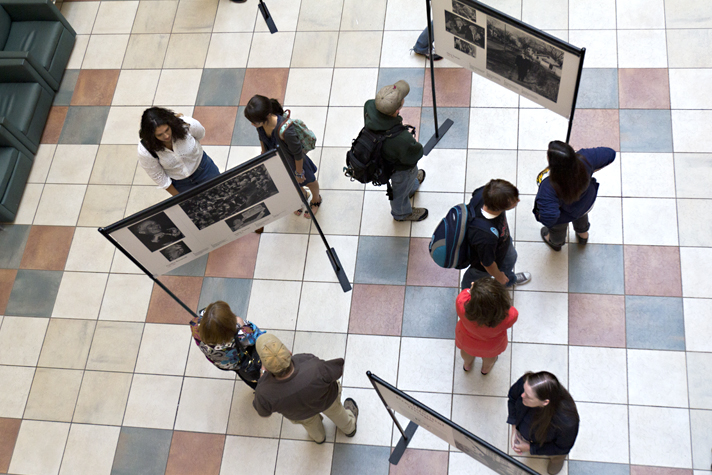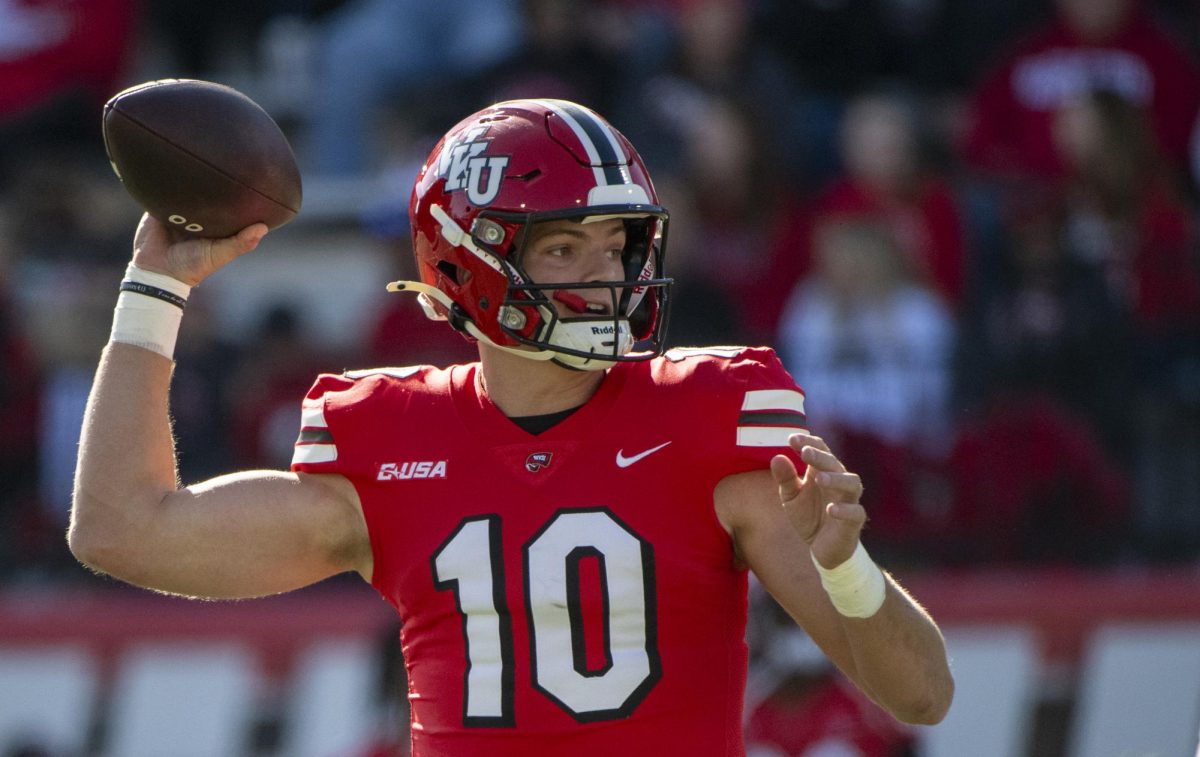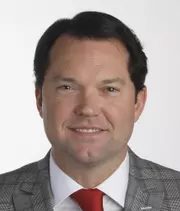“Presidental Image” exhibit opens
September 28, 2012
President Obama and other presidents will be hanging out in Mass Media for a couple of weeks.
A new exhibit, “The Presidential Image,” that opened Thursday night in Mass Media and Technology Hall showcases photos of presidents ranging from Franklin D. Roosevelt to Barack Obama. The exhibit’s official opening was followed by a lecture and a panel of photojournalists who have photographed at the White House.
The exhibit, which will be at WKU until Oct. 16, show a wide variety of moments from the men experienced during their time as president.
Some, like the shot of Gerald Ford swimming underwater, are lighthearted. Others depict serious moments in history, such as the photograph of an assassination attempt on Ronald Reagan.
One of the speakers at the lecture was David Hume Kennerly, a Pulitzer Prize and Emmy award-winning photographer who served as Ford’s White House photographer. He started off the evening by showing some of his own pictures — including one depicting a mass suicide and murder.
“It’s one of the only stories that ever gave me nightmares,” Kennerly said.
Kennerly also showed pictures he shot of boxing matches and political figures. And later, a picture he took of Beyoncé – though at the time he didn’t know who she was and had to ask Denzel Washington.
After showing examples of his own work he began talking about presidential photography from Lincoln to Obama.
“Lincoln was the first president to really understand the power of photography,” Kennerly said.
He said Lincoln attributed an iconic photo taken of him as what won him the presidency.
When Kennerly was Ford’s photographer, he said he had the president’s complete trust.
“There was very little I wouldn’t photograph,” Kennerly said.
During the panel following the lecture, Kennerly was joined by Luke Sharrett — a WKU student and contract photographer with The New York Times covering the 2012 presidential election. The moderator was Mike Davis, deputy director of photography for visuals during the first four years of the George W. Bush presidency.
Sharrett talked about the excitement he felt the first time he was at the White House, waiting to get a photograph of George W. Bush.
“I kept moving my shutter speed higher and higher because my hands were shaking and I knew if I didn’t have like a thousandth of a second, then my picture was going to be blurry,” Sharrett said. “Like I was so excited I was shaking and it was pretty surreal.”
Sharrett said it was also strange seeing President Obama or shaking hands with him when he wasn’t taking pictures.
“It’s a lot different when you don’t have a camera in your hand,” Sharrett said.
Kennerly also talked about the importance of getting photographs of smaller moments, not just the big story.
“It’s not always the fire or whatever’s going on. I mean, a lot of times, you’ve got to look around and see what’s happening on the peripheral of a big story.” Kennerly said.
Loup Langton, director of the School of Journalism and Broadcasting, said the exhibit could help provide context for people.
“There are all facets of the presidency represented in these photos,” Langton said.












